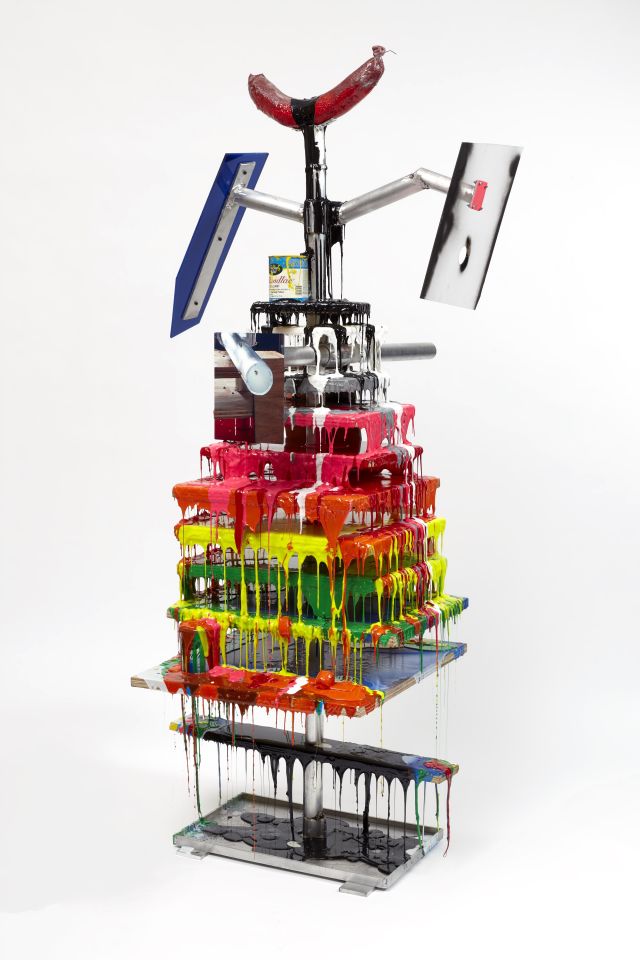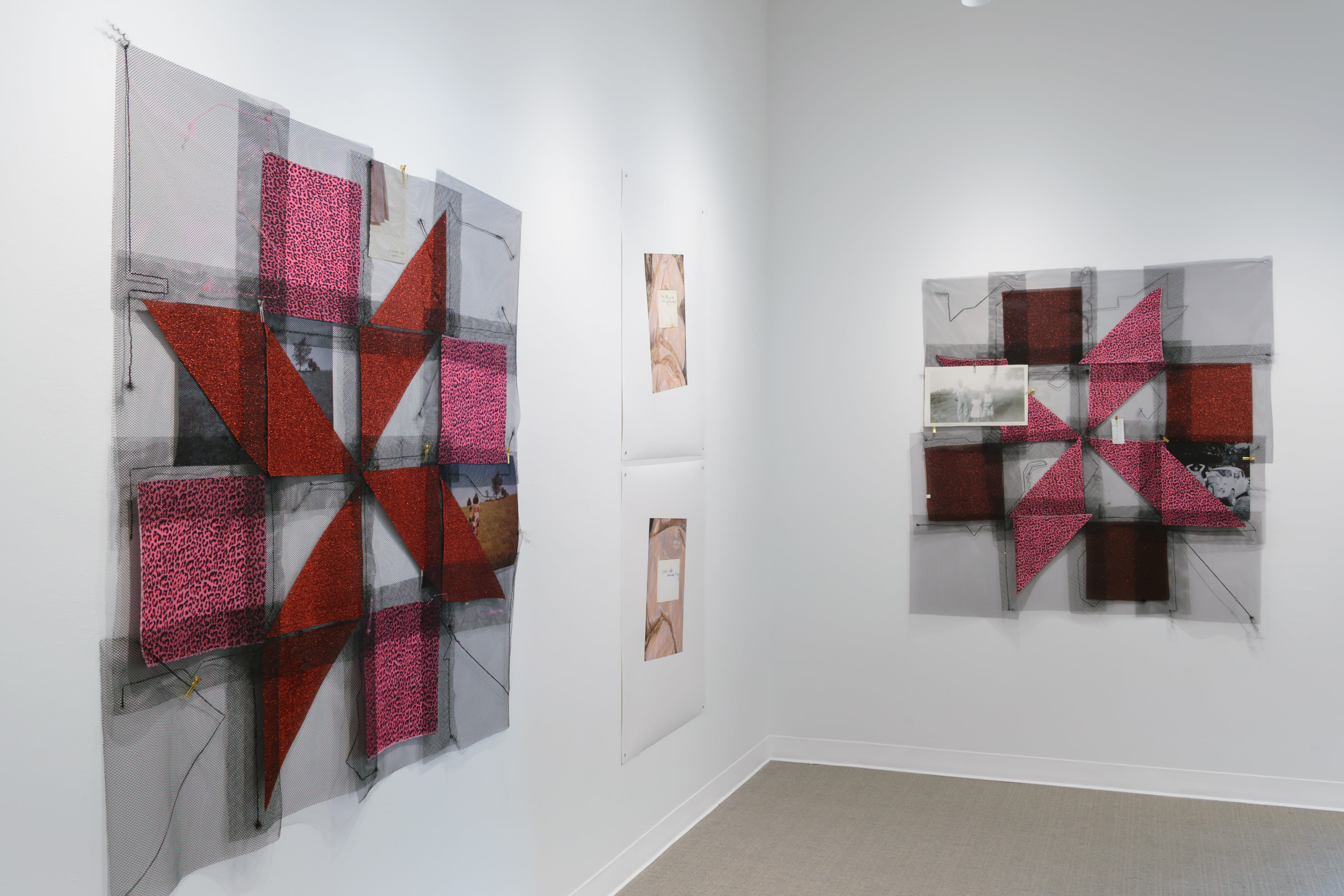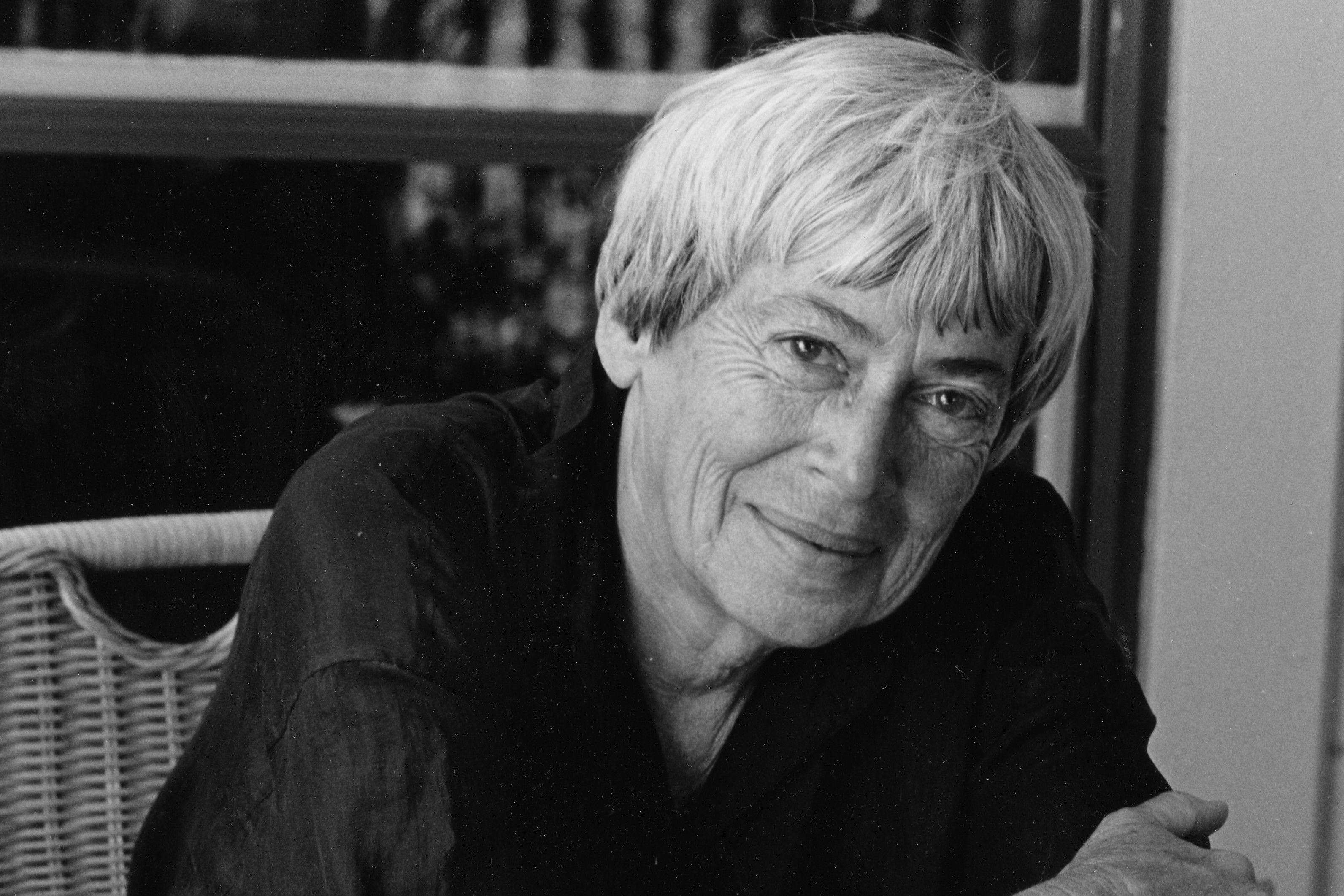What Happens When Machines Make Mistakes?

Harry Dodge's Pure Shit Hotdog Cake (2017)
A cyborg with a Chroma key green head made from a cardboard box purchases an IKEA particle board cabinet, smashes it with a sledgehammer, and scatters the dust in the wilderness—this is the premise of Harry Dodge’s 2016 film Big Bang (Song of the Cosmic Hobo), one of many exploratory commentaries by the American sculptor, performer, video artist, and 2017 Guggenheim fellow. Dodge—whose work has appeared at the Whitney Biennial, the Getty Museum, and New York’s Museum of Modern Art, and whose relationship with writer Maggie Nelson is explored in her 2015 book The Argonauts—comes to town on Thursday, March 15 for a free lecture at PNCA. (Nelson gives a free talk the next evening.) We caught up with him to talk world-making, discomfort, and befriending machines.
Can you give us a sneak peak of what you’ll discuss at PNCA?
It’s a lecture about the way the random coincides with the sense of transgressive world-making, both in some of the contemporary theory I’ve been reading but also in a couple of videos of mine, Mysterious Fires from 2016 and The Ass and the Lap Dog from 2013. I’ll make links between my thought processes while I was making each of them. Along the way, I’ll pull in some contemporary theory about inter-subjectivity or connectedness and artificial intelligence and “the mistake.” Humans make mistakes, right? But with this idea of artificial intelligence, the idea of “the mistake” really changes. Mistakes that artificial intelligence make, for example, are sometimes pretty drastic.
Do you have an example?
For artificial intelligence, as it’s functioning right now, they’re pretty low stakes. If your GPS, Mac system or Google maps makes a mistake and tells you to go a way that has traffic, that’s pretty low stakes. But, inevitably, the way people are theorizing, [as artificial intelligence capacities expand], a mistake might be reallocating molecules of everybody in the family to make a different creature that is happier—something like that. There’s evidence of other kinds of disasters once you get an artificial intelligence that’s transformed itself into a super–intelligent machine.
How has this influenced your art?
The last two videos I did, Mysterious Fires and Big Bang (Song of the Cosmic Hobo), were inspired by different things I’ve been reading about artificial intelligence. I’ve been doing sculpture and video a lot, but I’m a die-hard materialist. For a long time, I’ve been a primitivist, like we should go back to a non-polluted, non-technical era, and there came a moment when I thought if I’m such a materialist, and I say I really love everything about the earth, or this idea about materiality and not virtuality, then, hey, aluminum and all the materials that make computers actually come from the earth, and after the big bang all the molecules that are here arrived in the universe, so nothing’s really unnatural. This technophobic stream I’d been on started to be an issue, so I started to research artificial intelligence with the question, “Would you and could you befriend a machine intelligence?”
What project are you working on now?
I’m writing a book, and the book weaves together the story of my dad’s death from dementia with some of the research on machine intelligence. I have found that writing is a lot like making sculpture. There’s kinds of velocities where you’re on a paragraph or a chapter for a while and you’re laboring. It feels very similar to standing in front of a sculpture and sanding it and making it perfect. In my sculptures, there are really labored parts, there are shiny parts, and all this sedimentary labor or time that’s palpable by the viewer. The same thing happens in the writing. Some of it’s fast and gestural and keeps all its wild hairs. Other parts are shined up and labored. I’m doing that on purpose in the same way I would with a sculpture.
What role does the artist have in society?
I’m really interested in the unknowable. I know we can’t touch the unknowable, but we can try via poetics. I like to hold space for the impracticable. There are forces—capitalism —that make everything legible so that it can be sellable. The fact is so much is flowing and not legible. I want to keep pointing to things that are complicated and hard to deal with instead of oversimplifying things so that they can be bought and sold.
What’s something you always tell your art students?
If something’s confusing for them and seems unanswerable, that’s a good place to start making art. Always learn something instead of sticking to a place where you already know answer. Make yourself uncomfortable and stick with the question.
Harry Dodge
6:30 p.m. Thu, Mar 15, PNCA, FREE




